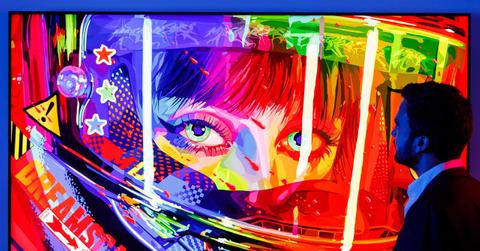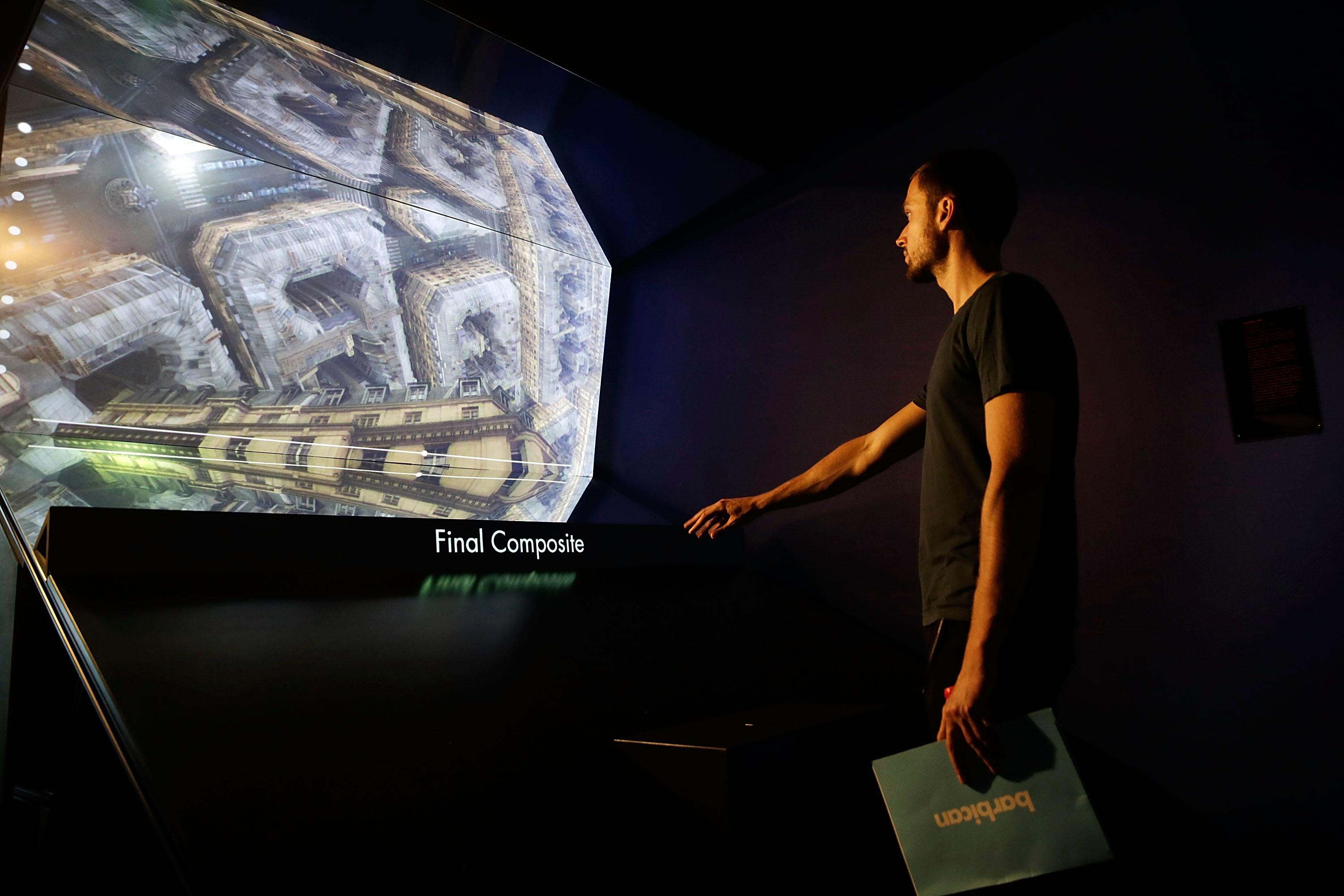How to Verify NFT Authenticity—Fake NFT Sold for More Than $300,000
Investing a lot of money into an NFT can be risky if you don’t know whether it’s authentic. One person almost lost $300,000 by buying a fake NFT.
Sept. 1 2021, Published 2:33 p.m. ET

NFTs (non-fungible tokens) have been a beneficial alternative for artists to profit off of their artwork instead of having to rely on art galleries and art shows. With the variety of NFT marketplaces available currently, there are all types of media that content creators can create and sell including songs, videos, images, souvenirs, and more.
Besides the profitable aspect, NFTs have been used to allow people to own a piece of intellectual property of companies, artists, and businesses. Buyers can say that they own an original piece of digital artwork. Usually, NFTs can be traced back to the original creator. This allows them to be more trustworthy and gives the original owner the opportunity to make residual profits every time it’s sold. However, trustworthiness becomes an issue when hackers and scammers come into play. There's also the possibility of people selling unauthorized copies or fake NFTs.

A fake NFT sold for more than $300,000.
Banksy is a pseudonymous street artist who’s based in England, but is well known around the world for being one of the best street artists. Because a lot of the graffiti artwork he has done on public surfaces is illegal, his real identity has stayed anonymous. Banksy hasn't stepped into the NFT space yet, but unfortunately, someone thought he did.
On Sept. 1, Banksy’s website posted an image that was linked to an NFT marketplace listing, according to CNBC. The NFT called “Great Redistribution of the Climate Change Disaster” was an image that resembled a popular NFT collectible called CryptoPunks. The listing was on OpenSea, which is one of the biggest NFT marketplaces on the internet. The link to the listing is still viewable. It was sold for 100 Ether which is equal to over $300,000. The only problem is that Banksy or anyone associated with him didn't post the listing.
The buyer, who goes by the name Pranksy, is a regular investor and collector in NFTs. He thought he purchased Banksy’s first-ever NFT, when in fact it was a scam. Banksy’s team released a statement saying that the artist isn't affiliated with any NFT auctions in any way. Pranksy explained what happened throughout the fraudulent auction process on Twitter. Pranksy said that the seller surprisingly refunded all of the money except the transaction fee. Pranksy is fortunate that he was able to get his money returned because once a purchase is made on OpenSea, it's irreversible unless the seller decides to return the money.
How do you check if an NFT is authentic?
There are various precautions you can take before buying an NFT to make sure that the artwork is authentic.
- Check the creator’s social media profiles to see if they have posted about the listing and to also see if they seem like a credible artist.
- Search other NFT marketplaces to see if the art is being sold on other platforms. Having an NFT being sold on multiple platforms can be a red flag for fraudulent activity.
- If the NFT is an image, reverse-search the image on Google to see if there are any other variations of the image and how long the image possibly existed. To perform a reverse-search, upload the image into the search engine if you’re on a desktop. For mobile users, get the link to the image and paste it into the search bar.
- If the auction or buy now price is too low and you know the NFT should be significantly more valuable, that’s another sign that it could be fraudulent.
